Francis Puthanangadi began his career in visual effects in 1998 and joined Digital Domain in 2006. He has worked on many films such as TRON: LEGACY, IRON MAN 3, AVENGERS: INFINITY WAR and AQUAMAN.
What is your background?
I received my degree in chemistry & polymer engineering so you might be wondering how I ended up in visual effects. We used a technique called finite element analysis (FEM) in our research lab, which uses 3D simulation to study the stress-strain behavior of radial tires. This got me very curious and interested in working with computer-generated 3D objects and animations. I was waiting for a spark which was induced by several Hollywood movies including JURASSIC PARK and MATRIX. Earlier in my visual effects career, I started as a character and creature modeler back in 1998 – the golden days of Softimage, Alias Wavefront and the rise of Maya. Transitioned to compositing in 2003 when I wanted to explore the world of compositing. Once I got a taste of it and what it can do to make beautiful imagery, there was no turning back.
How did you and Digital Domain get involved on this show?
We have a great relationship with Warner Brothers and they contacted us to help with a few sequences.
How did you split the work amongst the Digital Domain offices?
Primarily the work was handled by our India and Vancouver studios. All of the effects simulations were handled in our Playa Vista office.
Can you explain in detail about the design and the creation of the lightning?
We worked on the sequence with the lightning shooting from Shazam’s hands as seen in the trailer. In these shots he shows off his superpowers and lightning comes out of his hands while he’s singing a song.
How did you handle that animation?
We had the effects team render out the lightning on a card tracked in comp to his hands to determine attributes of the lightning such as the movement, arc, shape, the thickness, the thinness, etc. Once we were happy about the look, we’d roll it back in effects so the lightning bolts can track in a 3D space versus 2D. All the rest was about integrating the light of the bolts onto the live action plate.
Can you tell us more about the interactive lights?
Interactive lighting from the lightning bolt onto Shazam, the large crowd surrounding him and the environment where the event was taking place were particularly challenging. We had to do a lot of rotoscoping and compositing tricks to make them feel real in that environment. We also generated effects elements for atmospheric volumetric contamination to light up the surrounding atmosphere.
Can you tell us more about the filming of this sequence?
The production team needed to re-shoot part of the sequence atop the iconic ‘Rocky Steps’. Unfortunately, this reshoot took place several months after the original photography and happened to be on a very wet and foggy day.
How did you create the city and bridge environment?
This was shot on an overcast day where the fog was so thick that they couldn’t see past the promenade. We had to replace the entire background (Franklin Parkway and the Philadelphia skyline). We recreated all of the tree lines in 3D so that we could have parallax with the background. We added moving cars and people walking around in the background to make our environment come alive.
How did you create and animate the various FX elements?
Our effects team did a lot of simulations based on several real-world lightning examples during the initial phase of the project. In the end, they delivered highly detailed lighting elements along with atmospheric volumetric contamination to light up the surrounding atmosphere. Brian Gazdick, our Effects Supervisor helped us drive to the dynamics & look of these both technically and artistically.
Which shot was the most challenging?
The most challenging shot was the song ‘Hands, lighting with my hands,’ shooting lightning bolts to the tempo of the opening notes of « Eye Of The Tiger » from Survivor at the top of the Philadelphia Museum of Art’s steps. Building this composite was very challenging especially due to the shot being only 247 frames long.
This sequence included:
- rebuilding the Ben Franklin Parkway and the Philadelphia skyline
- adding effects simulation and atmospheric volumetric contamination for the lightning bolt effects, interaction, etc.
- interactive lighting from these high energy electric bolts on to the photography which includes Shazam, Freddie, a large audience and the top level of the museum steps
- cosmetic fixes for Shazam, which included his suit, boots and chest bolt
- the extremely long opening shot of this sequence – ‘lighting with my hands’ with so many layers of articulate rotoscoping of several people to add this new environment
- bridging with the proceeding bus crash sequence that was photographed on a bright and sunny day
What is your favorite shot or sequence?
The opening shot of the LH sequence – ‘Hands, lighting with my hands’
What is your best memory on this show?
We had a lot of fun with many of these shots. Once we got the timing, energy and the look that we all wanted for the song ‘Hands, lighting with my hands’, I remember we started playing the song “Eye Of The Tiger » in our screening room and it was quite memorable.
How long have you worked on this show?
3 months.
What’s the VFX shots count?
26.
What was the size of your team?
About 70.
What are the four movies that gave you the passion for cinema?
E.T. THE EXTRA-TERRESTRIAL, TERMINATOR 2: JUDGMENT DAY, JURASSIC PARK and THE MATRIX.
A big thanks for your time.
WANT TO KNOW MORE?
Digital Domain: Dedicated page about SHAZAM! on Digital Domain website.
© Vincent Frei – The Art of VFX – 2019


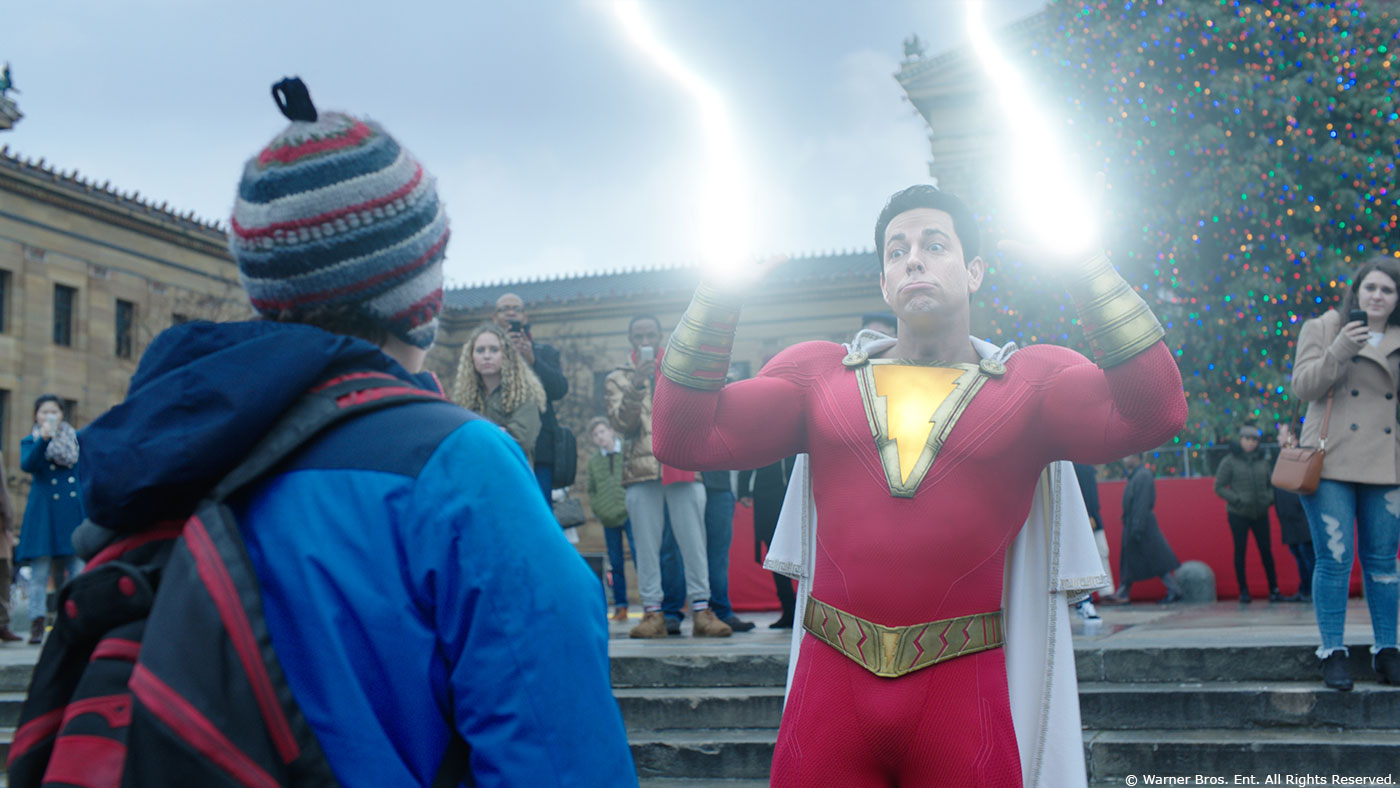
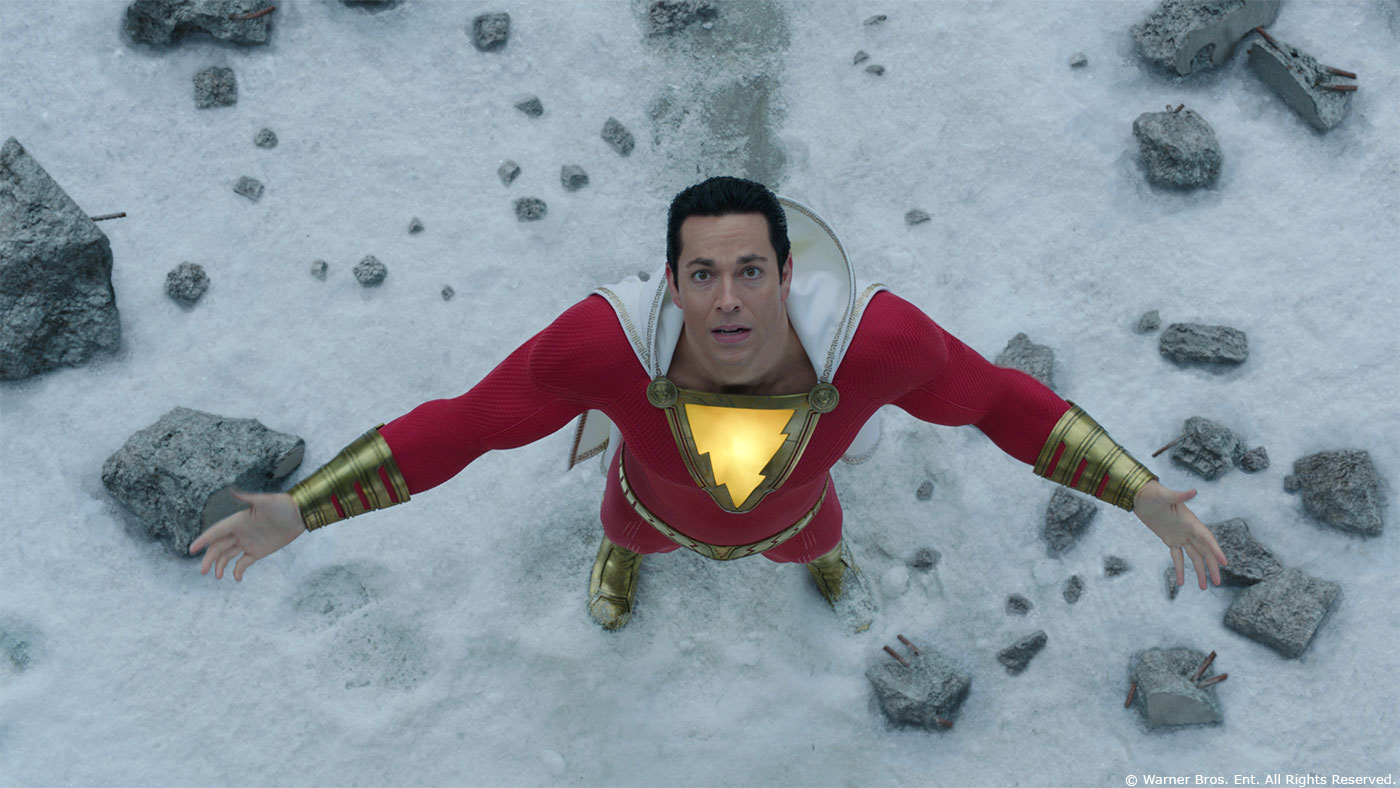
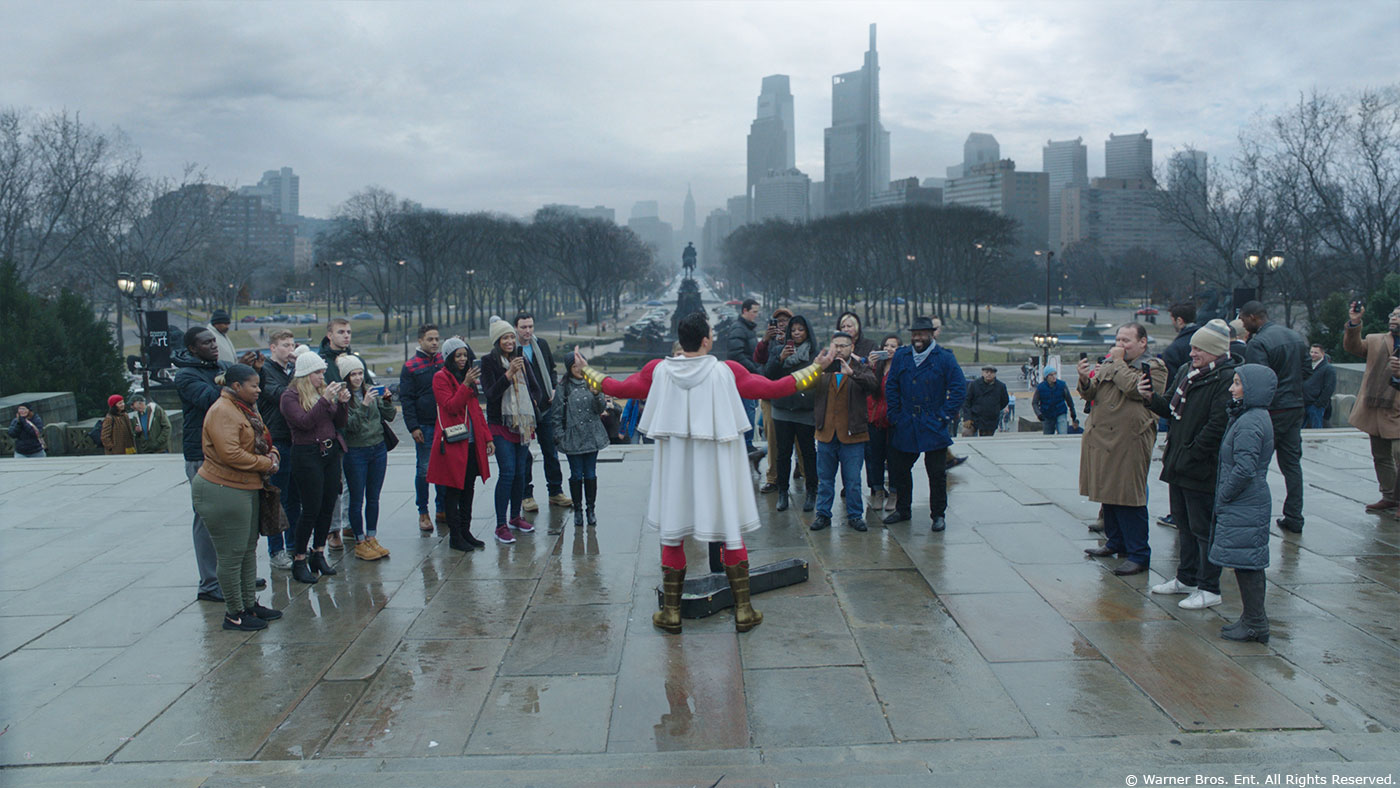
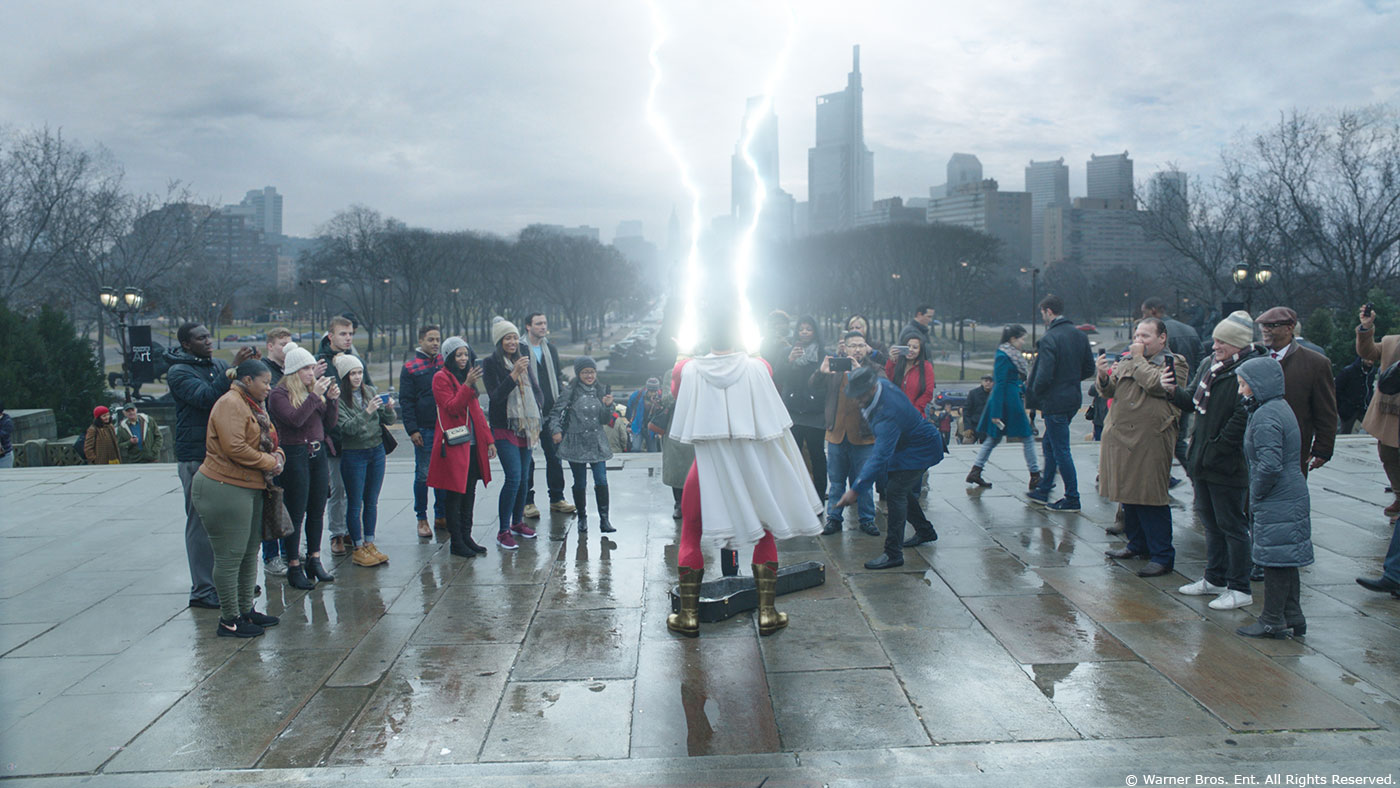

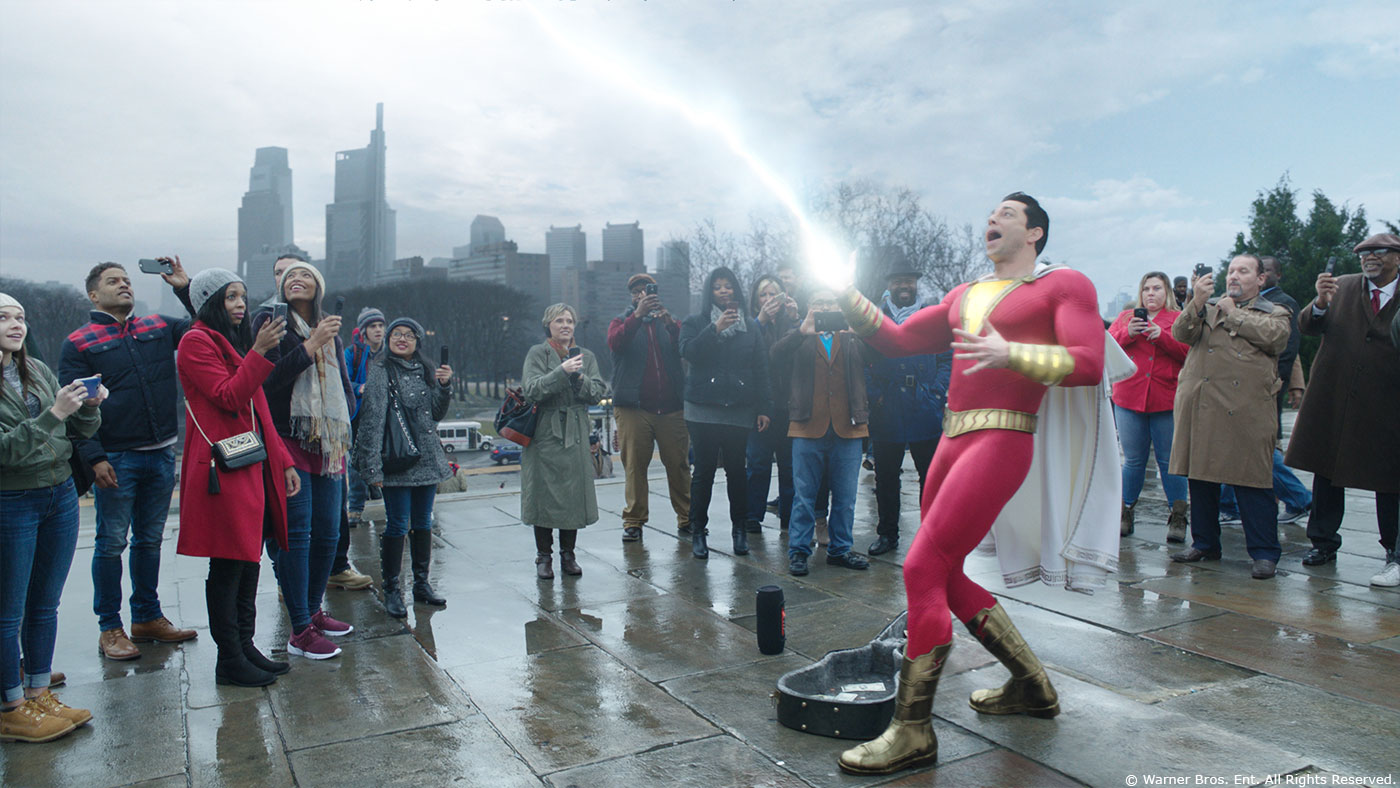
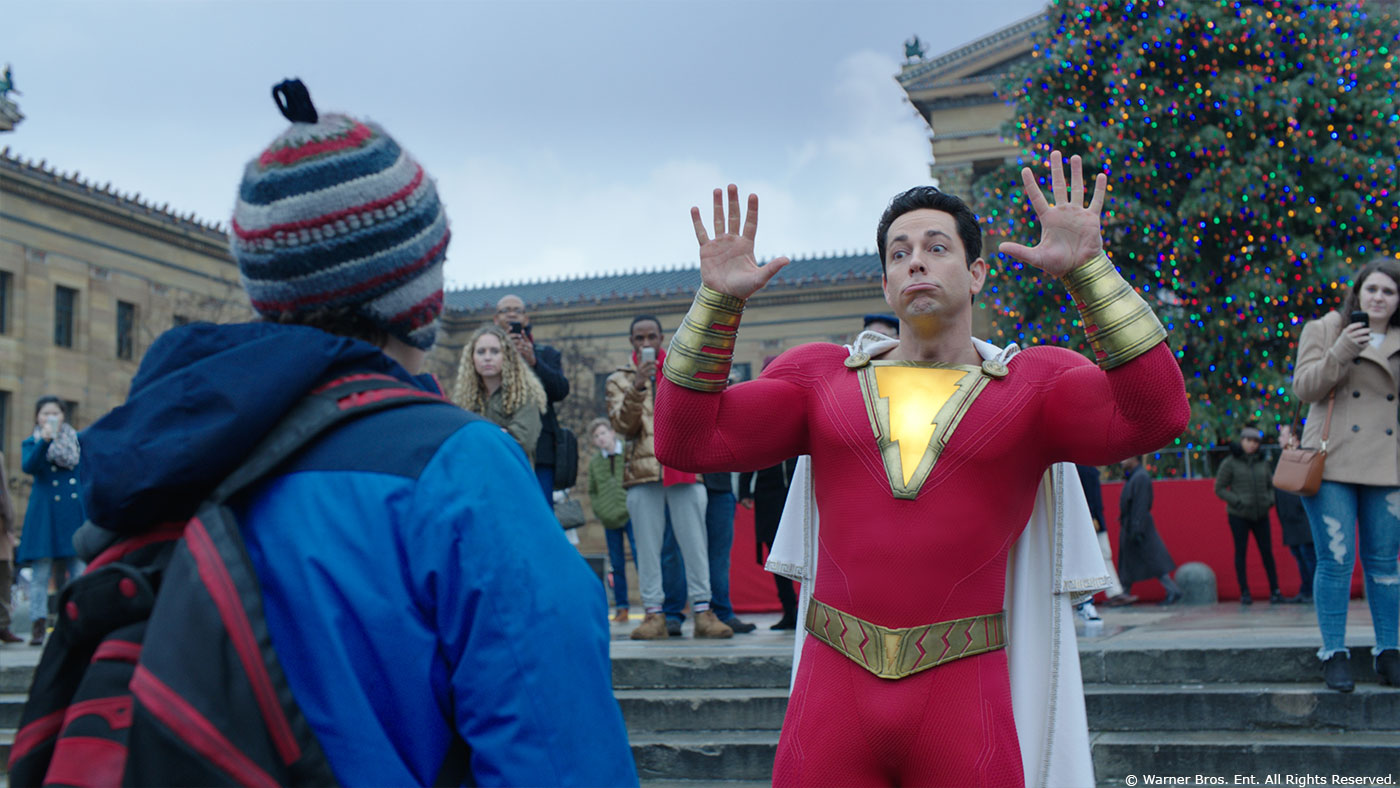

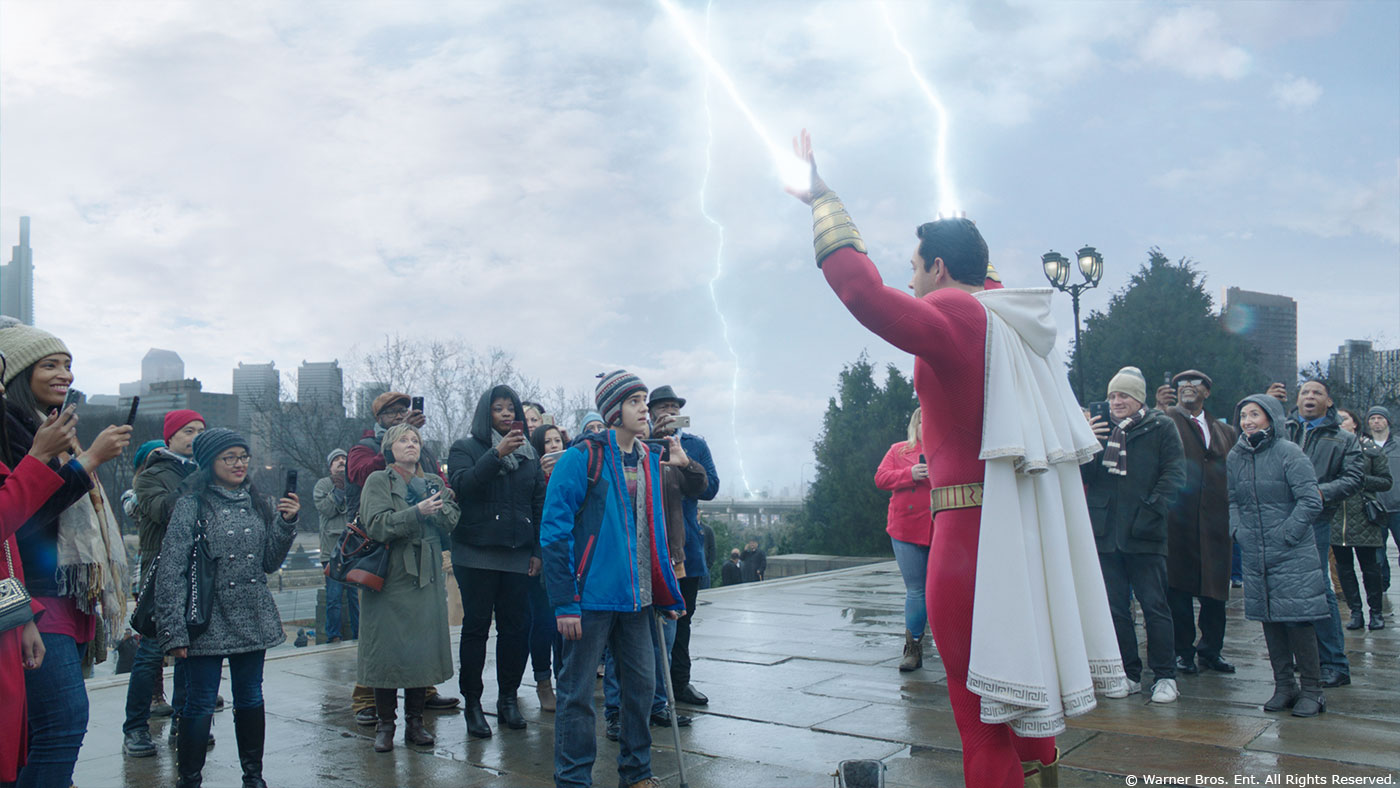





Shazam was an amazing movie and the special effects helped a ton!